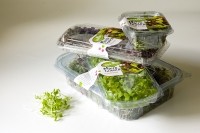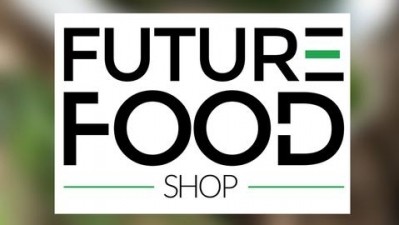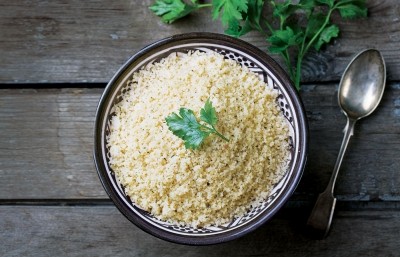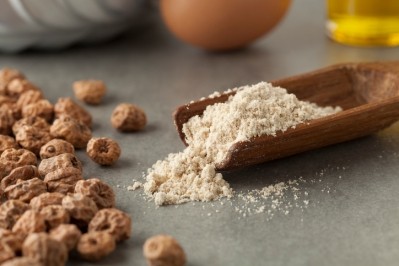Are micro leaves the next super veg?
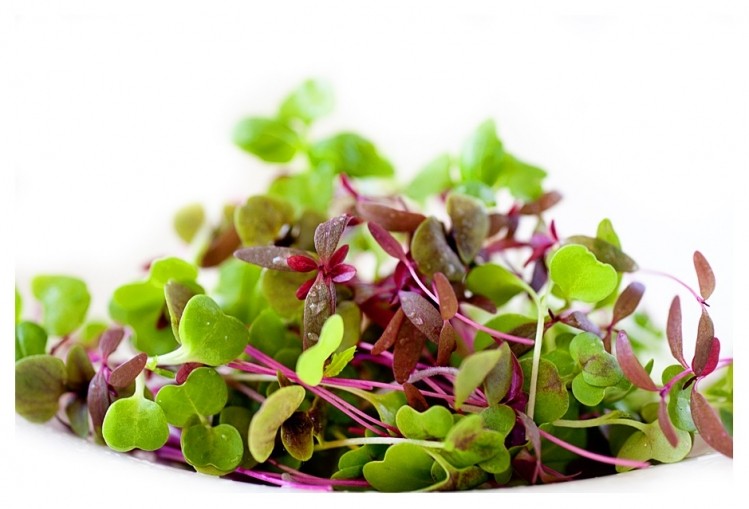
Micro greens, or micro leaves, are young sprouts of seeds grown from a variety of edible plants harvested 7-20 days after the seedling emerges.
According to Avner Shohet, CEO and Co-Owner of 2BFresh, part of Teshuva Agricultural Projects, at this point in the plant’s life-cycle micro greens have the highest proportion of vitamins and minerals to weight. As plant’s age this ratio decreases, Shohet told FoodNavigator during a visit to one of the company’s greenhouse facilities in Israel, which cover 1.6 hectares.
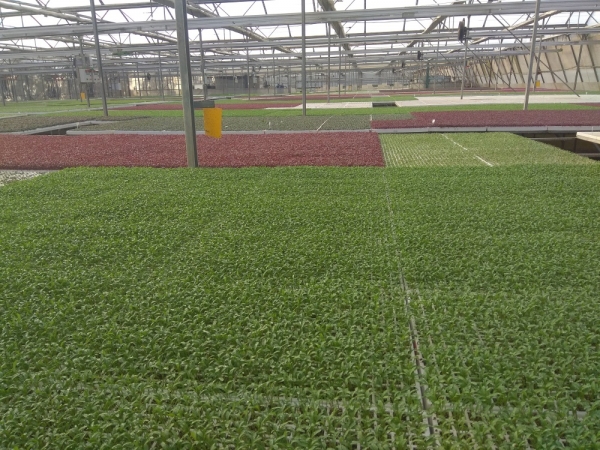
Small but strong
2BFresh cited 2015 research published in the Journal of Food Composition and Analysis when a team, under lead author Almeida Pinto, found lettuce micro greens are “significantly richer” in minerals including iron, manganese, zinc, selenium and molybdenum. Further studies confirmed similar results in the mineral content of micro broccoli and spinach.
Micro greens have also been found to contain a wider range of polyphenols, according to a study led by Shar Mir and published in Critical Reviews in Food Science and Nutrition. The researchers noted that these antioxidants – which are also associated with a stronger taste – are less diverse in more mature plants.
“These products are so healthy, they really should be more accessible,” Shohet enthused. “Micro greens are a premium product and more importantly they are healthy. They contain a lot higher concentration of minerals [compared to conventional vegetables].”
Increasing availability in retail
2BFresh is working to expand availability of microgreens and build awareness of the properties of young plants.
Currently, the group generates the majority of its sales in food service channels, selling microgreens to chefs that use them as garnish. Between 85% and 90% of the company’s turnover – which stands at around US$6m a year – is generated through food service and catering customers.
However, as part of its drive to increase availability, 2BFresh sees retail as a new frontier of growth. “We really want to develop that and go there,” Shohet said.
Last year the group launched in retail customers such as Metro in Russia. It is also available through supermarkets in countries including France and Switzerland.
Currently, international markets account for around 60% of sales and this is the fastest growing area of the business.
Investing in local production
2BFresh is working with various partners internationally to establish local production. The group is investing US$3m to establish a micro leaf farm near Los Vegas; and during 2018 it will invest a further €1.7m to set up greenhouses in Cyprus, with production slated to commence in 2019.
In the second half of next year, 2BFresh has plans to invest €1.5bn to establish a farm in France. It already operates two facilities in Israel as well as one farm in Switzerland.
Shohet stressed the importance of setting up local production in the markets in which 2BFresh wants to expand. This is good for product freshness (the micro leaves have a two week shelf life), reduced carbon footprint and consumer demand for local produce.
“People are looking for local produce. We started exporting to Switzerland but when we started producing locally people reacted well. We started local production on 1 April [2017]. In about half a year, sales in Switzerland doubled.”
Looking to future international expansion, Shohet said 2BFresh’s “biggest targets” are the UK, Poland, Russia, France and Hong Kong. Typically, the company enters a market through the food service and restaurant sector. However, the group also wants to work with international retailers who are looking for premium products that deliver health benefits.
2BFresh believes that its micro leaves are differentiated from competitors because of its cutting technology that allows it to offer pre-cut micro leaves to the market. The process itself gives the company “total control” over the size of the micro leaves and ensures there is “no cell decay”.
